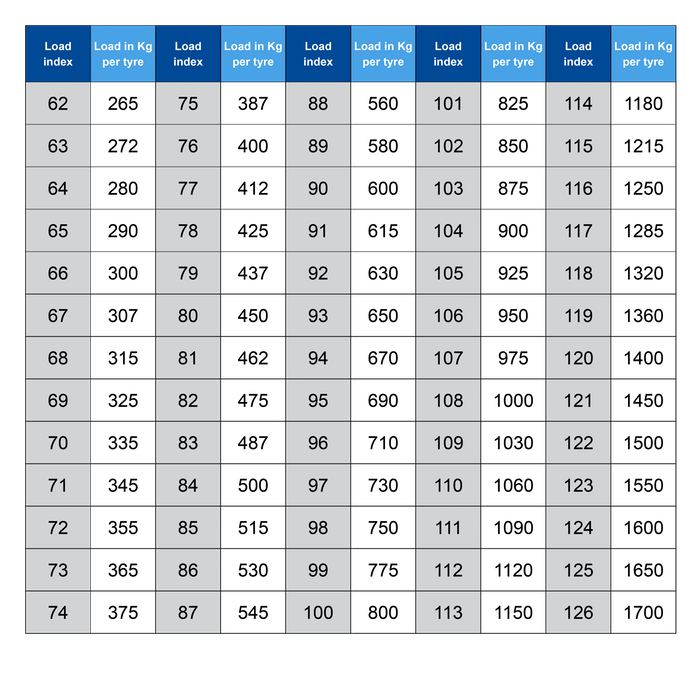TYRE TECH
How often should tyres be checked?
Tyres should be inspected at least once a month and before any long journey. Checks should include checking the air pressure, overall condition and tread depth. And don’t forget to check the spare or the compressor and sealant if no spare was fitted!
Why is correct tyre pressure important?
To stay safe on the road your car needs to have the correct tyre pressure. If the tyres are under or over inflated then handling and grip will worsen, potentially causing irregular or unpredictable car behaviour. Tyres with insufficient air are also more likely to suffer from a sudden rapid deflation and will suffer premature wear on the outside edges of the tyre.The wheel rim and tyre will be more susceptible to impact damage. Over-inflation results in less comfortable ride, a reduced area of contact with the road giving less grip in the day and accelerated wear on the tread centre . The benefits of a properly inflated tyre, include reduced running costs and longer tyre life.
How far and fast can I drive with a special ‘run flat’ tyre in a deflated condition?
Recommendations in the area may differ from tyre manufacturer to manufacturer and drivers should always consult the car manufacturer’s handbook for the distance that can be travelled as well as speed driven.
Should I fit four new tyres at a time?
It’s better to fit all four tyres at the same time but if that is not possible then fitting two tyres at a time, and as a pair to get the best handling and grip on each axle, is the next best option. As a last resort, then a single tyre can be replaced. In all circumstances, seek the advice of an expert tyre retailer before replacing any tyres.
What do the numbers mean?
The first three-digit number in the tyre size refers to the tyre width. For instance, in a size 215/65 R15 tyre, the width is 215 millimeters.
The two-digit number after the slash mark in a tyre size is the aspect ratio. For example, in a size 215/65 R15 tyre, the 65 means that the height is equal to 65% of the tyre's width. The bigger the aspect ratio, the bigger the tire's sidewall will be.
The letter "R" in a tyre size stands for Radial, which means the layers run radially across the tyre.
The next two-digits after the R is the size of the wheel measured from one end to the other. It tells us the size of the wheel that the tyre is intended to fit. A size 215/65 R15 tyre is made for a wheel with a 15" diameter.
Your tyre’s speed symbol and load index markings are located on the sidewall, next to the tyre size markings.
For example, if your tyre’s sidewall markings were 215/65 R15 98T, the last section of the sidewall markings ‘98T’ indicate the load index and speed symbol.
The first number, 98, refers to the load index of the tyre.
(The load rating, represented by the numerical value, is directly related to the maximum weight that each tyre can carry, 750 kg in this instance)

The second letter, T, refers to the speed symbol of the tyre, the maximum speed a tyre is legally approved for. ('T' in this instance indicates 190 km/h)

Manufacturer tyre markings
Manufacturers, such as Audi, BMW, Mercedes, and others, equip their vehicles with tyres that are specifically made for their brand. These tyres have a special OE marking on the sidewall. We recommend replacing tyres on your vehicle only with tyres equipped with the necessary OE marking. Here are a few of the popular ones:
- * = BMW, Mini
- MO = Mercedes
- AO = Audi
- VO = Volkswagen
- N0, N1, N2, N3, N4 = Porsche
- MO1 = AMG
- RO1 = QUATTRO
Bridgestone
Fitment Guide (some tyres displayed may not be available in South Africa)
